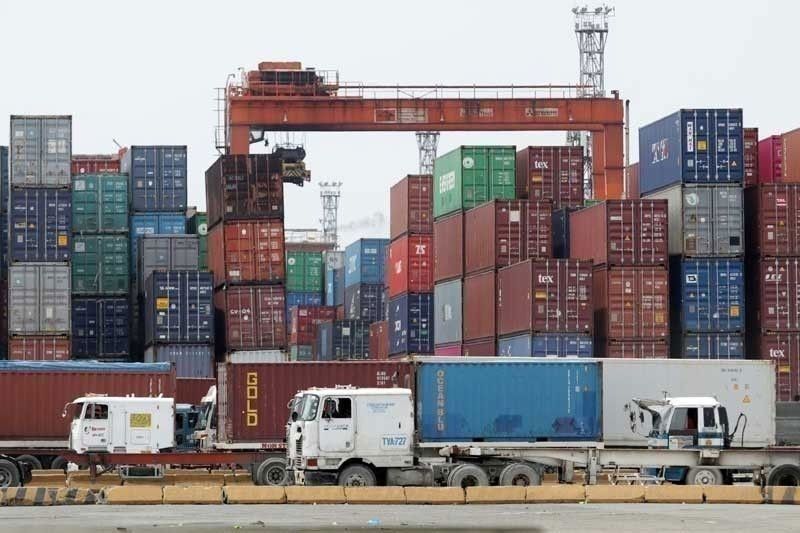China’s annual exports drop for first time in 7 years

BEIJING — China’s exports fell last year for the first time in seven years, data showed Friday, as tensions with the United States and a stuttering global economic recovery compound Beijing’s struggles to kickstart growth at home.
Overseas shipments have traditionally been key to feeding GDP expansion over the past four decades and the figures came as a separate report showed the country in danger of slipping into a deflationary spiral that could further complicate officials’ plans to stimulate activity.
The reading also highlighted a geopolitical pivot as annual trade with the United States fell for the first time in four years, while commerce with Russia hit a record high despite international pressure to isolate Moscow over its war in Ukraine.
And customs officials warned that there would be more hurdles to come over the next 12 months.
“The complexity, severity and uncertainty of the external environment are on the rise, and we need to overcome the difficulties and make more efforts to further promote the growth of foreign trade,” vice minister of the General Administration of Customs Wang Lingjun said.
Exports rose in November for the first time since April, and while December also saw an on-year increase of 2.3 percent, the data compare with the low base of 2022 when the impact of zero-COVID policies were being felt the most.
Overall, exports fell 4.6 percent in 2023, the first annual drop since 2016.
The report also showed imports dropped 5.5 percent last year.
The weak demand for goods from overseas was reflected in data showing the consumer price index (CPI) fell 0.3 percent last month, the third straight monthly drop and the longest streak since October 2009, according to Bloomberg News.
For the whole year inflation came in at an average of 0.2 percent, the National Bureau of Statistics (NBS) figures showed.
China slipped into deflation last July for the first time since 2021 and following a brief rebound the following month, prices have been in decline since September.
“Ongoing low core CPI inflation likely reflects dampened domestic demand due to ongoing property downturn and stressed labour market,” Goldman Sachs analysts wrote in a note.
Beijing has unveiled a number of targeted stimulus measures aimed at supporting key sectors, particularly the troubled property industry.
“Fiscal and monetary policies started to move in the right direction in the fourth quarter 2023, but it takes time for these policies to be transmitted to the economy,” Zhiwei Zhang from Pinpoint Asset Management wrote in a note.
“It is also unclear if these policies are strong enough to offset the deflationary pressure in the economy.”
While deflation suggests goods were cheaper, it poses a threat to the broader economy as consumers tend to postpone purchases, hoping for further reductions.
A lack of demand can then force companies to cut production, freeze hiring or lay off workers, while potentially also having to discount existing stocks – dampening profitability even as costs remain the same.
The NBS also said producer prices sank 2.7 percent, the 15th consecutive month of declines.
The PPI index, which measures the cost of goods leaving factories and provides an insight into the health of the economy, fell three percent in November.
China-Russia trade in 2023 reached more than $240 billion, according to customs data, overshooting a goal of $200 billion set by the neighbours in bilateral meetings last year.
The figure is a record for the two countries, who have grown closer politically and economically since Moscow’s invasion of Ukraine in 2022.
Beijing has drawn criticism from Western countries for its stance on the Ukraine war.
China insists it is neutral in the crisis but has refused to criticise Moscow’s invasion.
The trade figures represented a year-on-year increase of 26.3 percent, according to the data.
In contrast, trade between the United States and China fell 11.6 percent to $664 billion last year, the first fall since 2019.
- Latest
- Trending




























